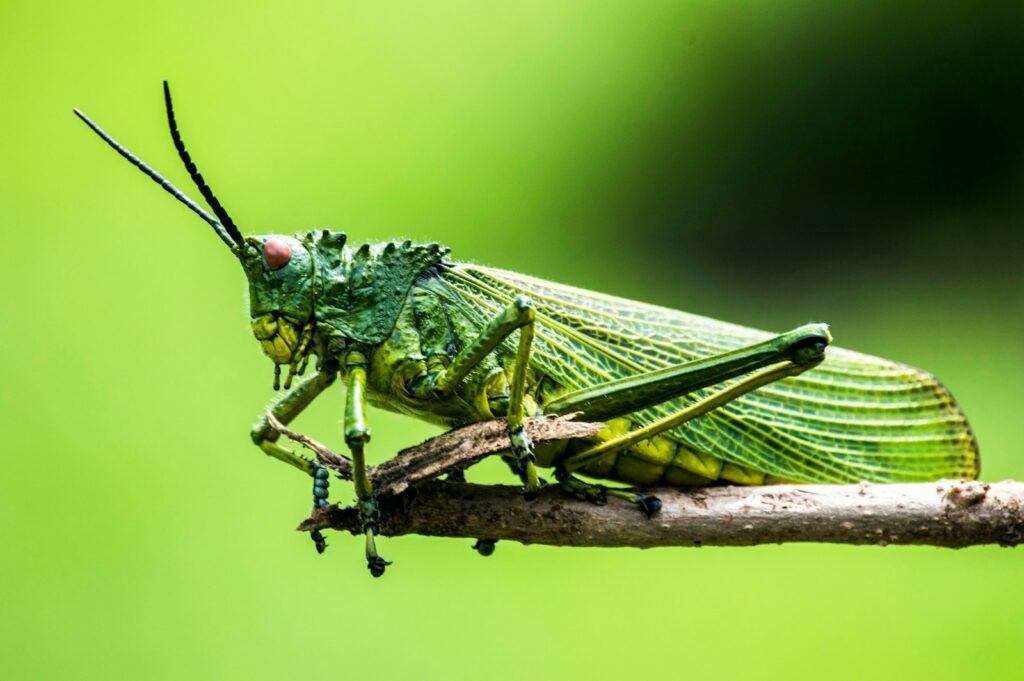One of nature’s most remarkable transformations occurs when seemingly harmless grasshoppers undergo dramatic physical and behavioral changes to become destructive locusts. This phenomenon, known as phase polyphenism, represents one of the most striking examples of environmentally induced changes in the insect world. While many people use the terms “grasshopper” and “locust” interchangeably, they actually refer to different behavioral states of certain grasshopper species. The transformation from solitary grasshopper to gregarious locust has fascinated scientists for generations and continues to have massive agricultural and economic implications worldwide. This article explores the fascinating science behind this Jekyll-and-Hyde transformation and why it matters for human food security.
The Fascinating Difference Between Grasshoppers and Locusts

Not all grasshoppers can become locusts – this ability is limited to about 19 species out of the more than 11,000 known species of grasshoppers. Locusts are simply grasshoppers that can exist in two dramatically different behavioral states: a solitary phase and a gregarious phase. When in their solitary phase, these insects behave like typical grasshoppers – they avoid each other, live relatively quiet lives, and cause minimal agricultural damage. However, when certain environmental conditions trigger their transformation, these same insects can become gregarious, forming massive swarms that travel great distances and devastate crops. The distinction is not taxonomic but behavioral. Locusts and grasshoppers belong to the same family (Acrididae), but locusts have this remarkable ability to transform in response to environmental triggers.
The Remarkable Physical Transformation
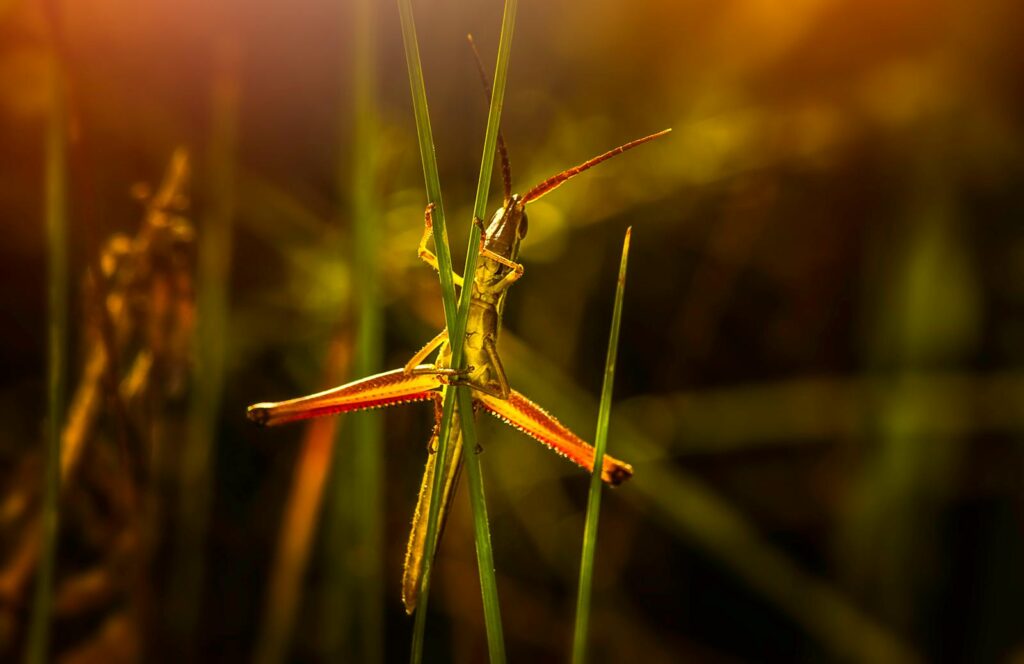
When grasshoppers transform into locusts, they undergo striking physical changes that go far beyond simple behavioral shifts. Their body color typically changes from green or brown camouflage to bright warning colors like yellow and black. Their muscles develop greater strength and endurance for long-distance flight, and their wings often grow longer relative to their body size. Most remarkably, their brain actually increases in size, with particular growth in regions related to vision and sensory processing. Their reproductive system also changes, with locusts generally becoming more fertile than their solitary counterparts. These physical transformations can occur within the lifespan of a single insect and represent one of the most dramatic examples of phenotypic plasticity in the animal kingdom.
The Trigger: Population Density

The primary trigger for the transformation from grasshopper to locust is increased population density. When environmental conditions cause grasshoppers to crowd together, often due to concentrated vegetation following rainfall in otherwise dry regions, the insects experience more frequent physical contact with each other. This repeated touching, especially of the hind legs, triggers a cascade of hormonal changes that initiates the transformation process. Scientists have discovered that even the simple act of being touched on the hind femur can raise serotonin levels in the nervous system, setting the transformation in motion. This elegant mechanism enables the insects to respond adaptively to shifts in their environment and rising population pressures.
The Chemical Messengers Behind the Change
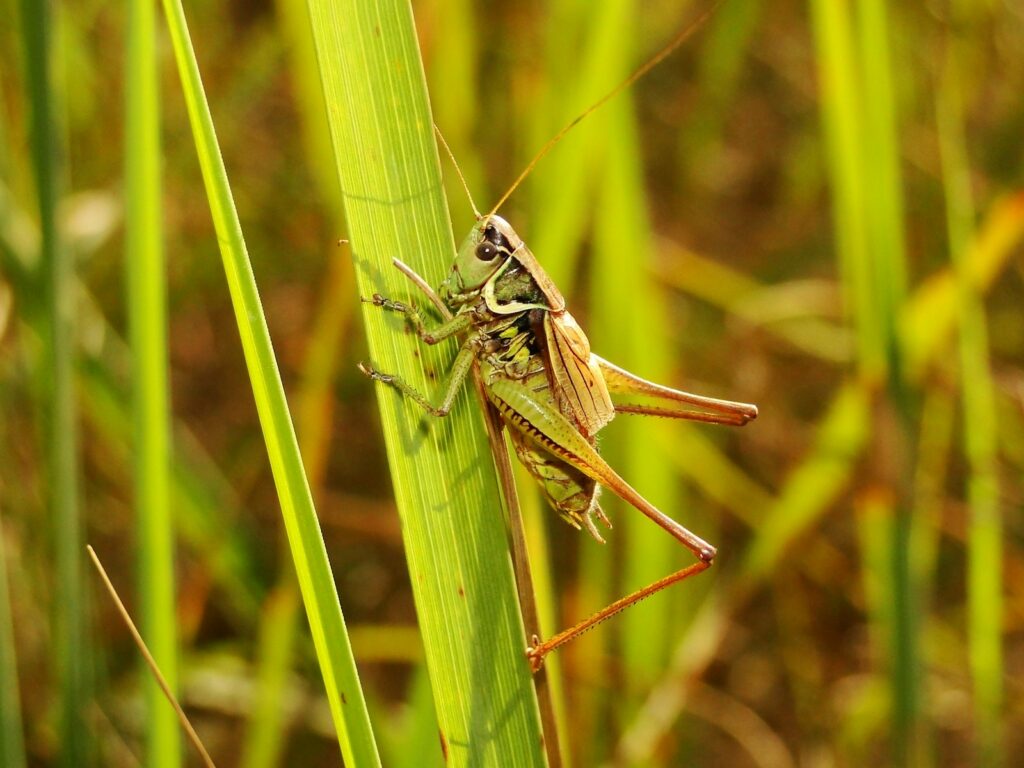
The transformation from solitary grasshopper to gregarious locust is orchestrated by a sophisticated interplay of neurotransmitters and hormones. Research has identified serotonin as a key player in this process – when grasshoppers are crowded together, serotonin levels in their nervous systems increase dramatically within just a few hours. This neurotransmitter triggers changes in gene expression that lead to the development of the locust phenotype. Other chemical messengers, including dopamine and various neuropeptides, further modulate this transformation. Juvenile hormone and ecdysteroids also play roles in regulating the developmental and reproductive aspects of the transformation. The speed of this chemical cascade is remarkable, with behavioral changes beginning within hours and physical transformations completing over the course of just a few molts.
The Desert Locust: A Case Study in Transformation
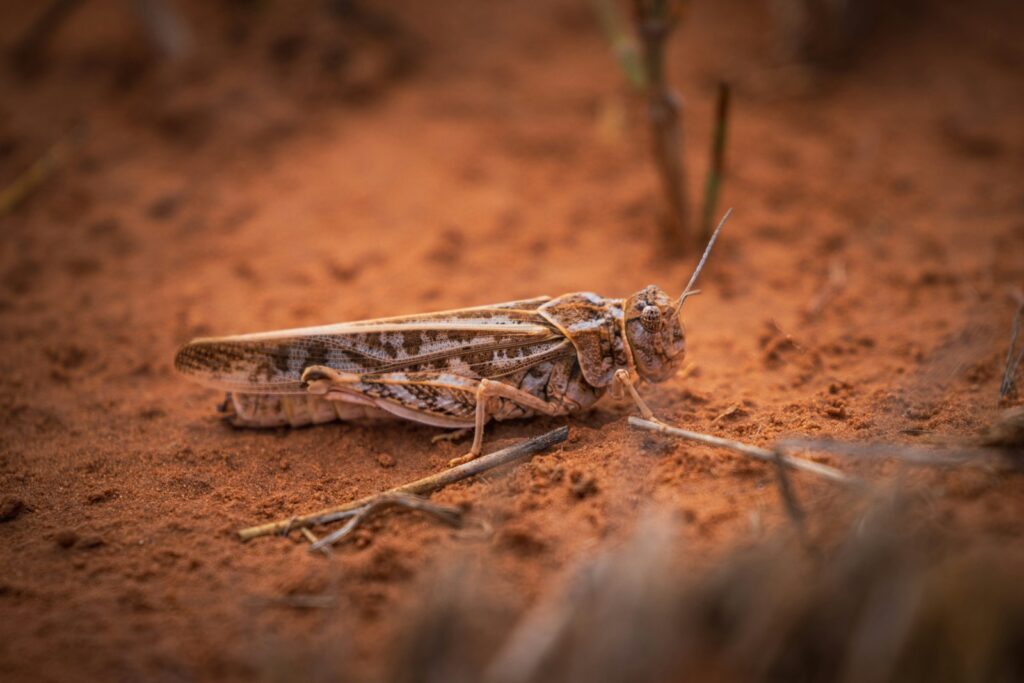
The desert locust (Schistocerca gregaria) provides the most well-studied example of the grasshopper-to-locust transformation. In its solitary phase, this insect is a relatively inconspicuous green or brown grasshopper that avoids other members of its species. When transformation occurs, desert locusts develop yellow and black coloration and begin to actively seek out other locusts, forming cohesive groups. Their metabolic rate increases significantly, and they become much more active and mobile. A fully developed swarm of desert locusts can contain billions of individuals, cover hundreds of square kilometers, and consume 200,000 tons of vegetation daily, equivalent to the food supply for 400,000 people. The desert locust’s range covers 20% of Earth’s land surface across 65 countries, making its transformation particularly consequential for human food security.
The Behavioral Revolution
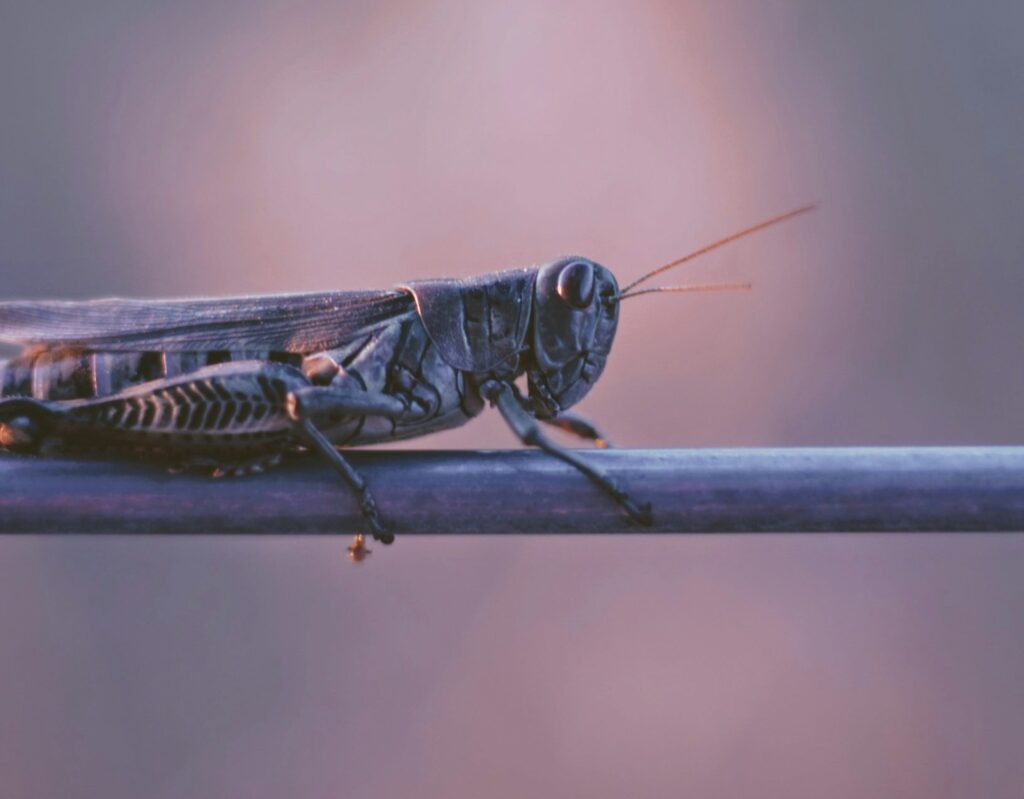
The behavioral changes that occur during locust transformation are as dramatic as the physical ones. Solitary grasshoppers actively avoid one another and prefer to lead solitary lives, while gregarious locusts actively seek out other locusts and become highly social. This behavioral shift is so complete that researchers can often determine which phase an individual is in simply by observing its response to other locusts. The gregarious insects develop coordinated movement patterns that help maintain swarm cohesion, even as the swarm travels great distances. They also become more active feeders, consuming a wider variety of plant species than their solitary counterparts would accept. Perhaps most importantly, they develop migratory behavior, enabling swarms to travel up to 150 kilometers per day in search of new food sources.
Genetic Basis of Phase Change
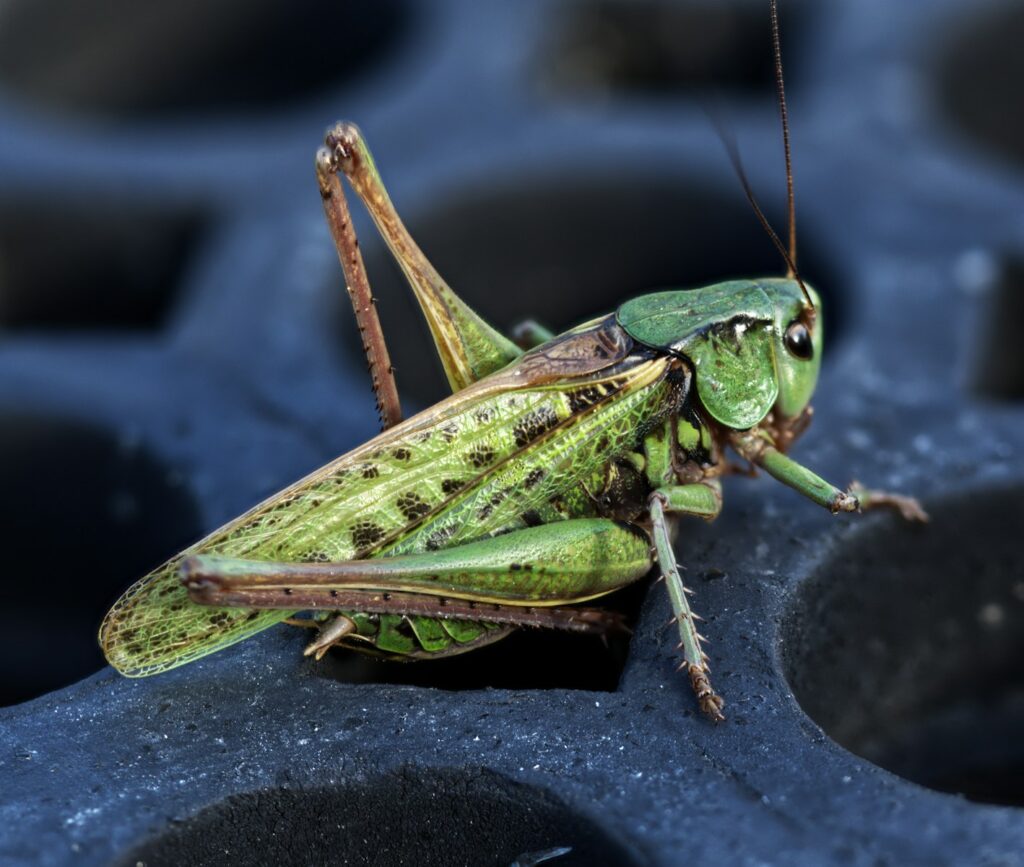
While environmental factors trigger the grasshopper-to-locust transformation, the capacity for this transformation is genetically encoded. Research has identified specific genes that are differently expressed during the solitary and gregarious phases. Modern genomic studies have revealed hundreds of genes whose expression changes during phase transformation, affecting pathways related to metabolism, muscle function, neural development, and coloration. Interestingly, not all grasshopper species possess this genetic architecture, which explains why only certain species can become locusts. The genes involved in phase change have been shaped by natural selection over millions of years, suggesting that the ability to transform has provided evolutionary advantages in certain environmental contexts.
Swarm Intelligence and Collective Behavior
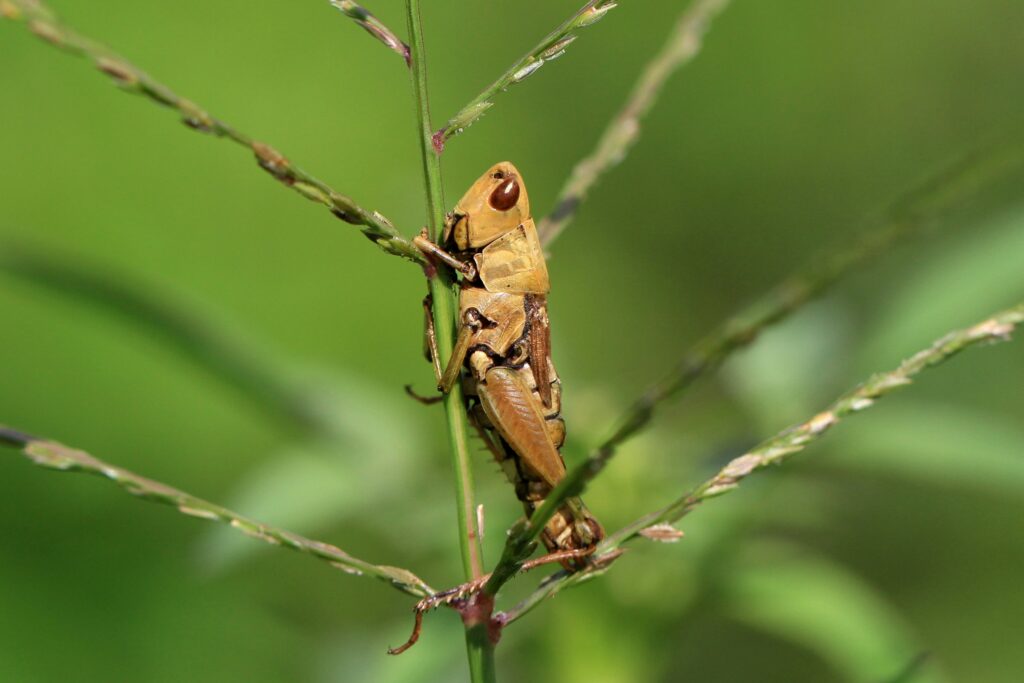
One of the most fascinating aspects of locust swarms is their display of collective intelligence despite having no central coordination. Individual locusts respond to simple cues from their neighbors, creating complex group-level patterns of movement and behavior. Research has shown that locusts maintain optimal spacing within swarms – close enough to benefit from group protection but far enough apart to avoid cannibalizing each other. The direction of swarm movement emerges from interactions between individuals, with locusts tending to align their movement with neighbors. This self-organizing system allows swarms to respond collectively to environmental conditions, such as finding patches of vegetation or avoiding predators. The study of locust swarm dynamics has influenced fields beyond entomology, including robotics and artificial intelligence, where principles of swarm intelligence have practical applications.
Environmental Conditions That Spark Outbreaks

Locust outbreaks typically follow a specific pattern of environmental conditions. The process often begins with drought, which concentrates both locusts and vegetation in smaller areas with available moisture. When rains finally arrive, they create ideal breeding conditions with moist soil for egg-laying and abundant fresh vegetation. This combination leads to successful reproduction across multiple generations, increasing population density. As locusts become crowded in these vegetation-rich areas, physical contact between individuals triggers the phase transformation. Once transformation begins, it can create a positive feedback loop – more gregarious locusts create more crowding, triggering transformation in even more individuals. Climate change appears to be altering these patterns in some regions, potentially increasing the frequency and severity of locust outbreaks by creating more extreme cycles of drought and rainfall.
Historical Impact of Locust Swarms

Locust swarms have shaped human history for millennia, with references appearing in ancient texts from the Bible to Chinese imperial records. The biblical account of locusts as one of the ten plagues of Egypt reflects the devastating impact these insects have had on human societies throughout recorded history. During the Great American Locust Plague of the 1870s, Rocky Mountain locusts (now extinct) formed swarms estimated to contain trillions of insects that devastated farms across the American West. In more recent history, a major locust outbreak in North Africa in the late 1980s threatened millions of hectares of farmland and prompted large-scale international control efforts. Between 2003 and 2005, a desert locust outbreak across Africa required nearly $600 million for control operations and destroyed crops sufficient to feed 10 million people. These historical events demonstrate the profound impact locust transformations have had on human food security throughout history.
Modern Monitoring and Control Methods
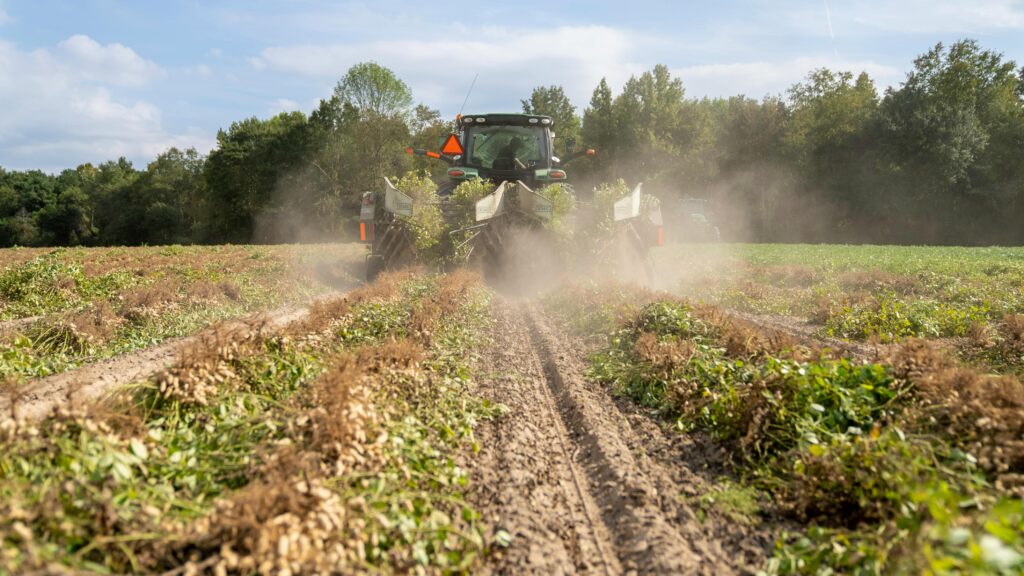
Today’s locust management relies on sophisticated monitoring and early intervention strategies. Satellite imagery helps detect vegetation patterns that might support locust breeding, while drones can scout remote areas for nascent swarms. The UN Food and Agriculture Organization (FAO) coordinates an international surveillance network that tracks environmental conditions and locust populations across countries. When outbreaks threaten, control methods include targeted application of pesticides, often using ultra-low volume (ULV) spraying techniques that minimize environmental impact. Biological control methods are gaining importance, including the use of fungal pathogens specific to locusts and natural predators. Perhaps most promising is the strategy of preventing phase transformation by disrupting locust aggregation before the gregarious phase can develop, potentially stopping outbreaks before they begin.
The Search for Sustainable Solutions

Research into locust phase change is increasingly focused on finding sustainable management approaches that reduce reliance on chemical pesticides. One promising avenue involves disrupting the serotonin pathway that triggers transformation, potentially preventing grasshoppers from becoming locusts even under crowded conditions. Scientists are also exploring the use of pheromone traps and other behavior-modifying technologies that could disperse locust aggregations before transformation occurs. Genetic technologies might eventually allow for more targeted approaches, though these raise important ethical and ecological questions. The ideal approach combines ecological understanding with appropriate technology and community involvement, creating resilient systems for managing the locust transformation challenge.
Locusts as a Food Source
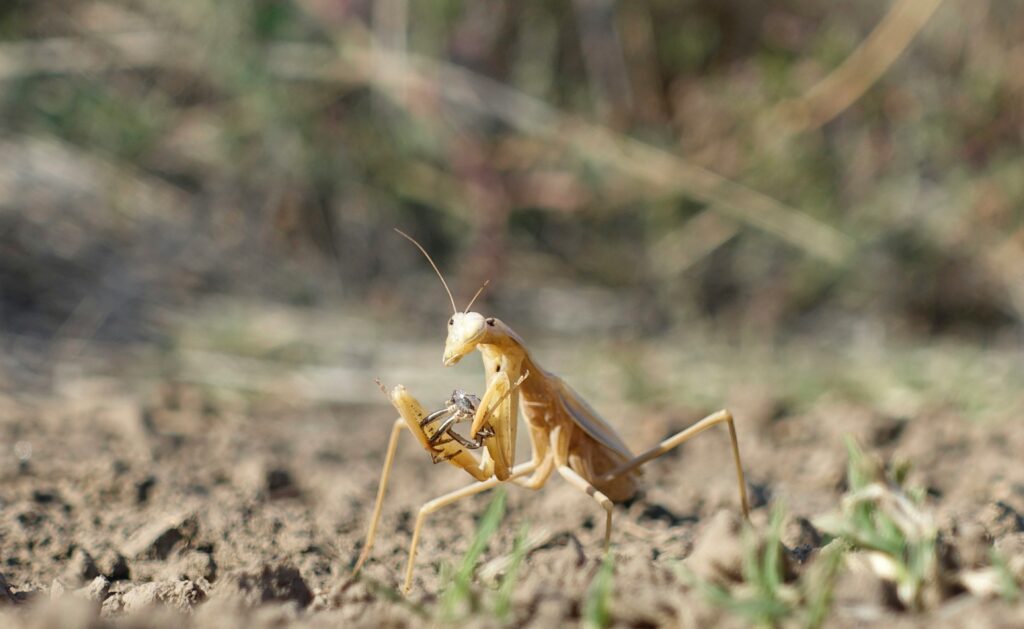
While locusts are devastatingly destructive to crops, they also represent a highly nutritious food source that has been utilized by human cultures for thousands of years. Locusts contain approximately 60% protein by dry weight, making them more protein-rich than beef or chicken. They also provide valuable micronutrients, including iron, zinc, and various B vitamins. In many parts of Africa, the Middle East, and Asia, people harvest locusts during outbreaks, turning an agricultural disaster into a nutritional windfall. Modern food scientists are exploring locusts as a sustainable protein source, as their production requires far less land, water, and feed than conventional livestock. Some entrepreneurs have established commercial insect farming operations that include locusts among their production species, marketing them as both human food and high-protein animal feed.
Climate Change and the Future of Locust Outbreaks

Climate change is altering the dynamics of locust outbreaks in complex and concerning ways. More frequent and intense rainfall events in typically arid regions create ideal breeding conditions for locusts, potentially increasing the frequency of population booms that lead to phase transformation. Warming temperatures may extend breeding seasons and expand the geographic range of locust species into previously unsuitable areas. The massive 2019-2020 desert locust outbreak that affected East Africa, the Arabian Peninsula, and South Asia has been linked to unusual cyclone activity in the Indian Ocean, itself influenced by changing climate patterns. Climate models suggest these conditions may become more common in the future. Additionally, warmer temperatures can accelerate locust development and may affect their physiological response to crowding, potentially altering the threshold for transformation from grasshopper to locust.
Conclusion
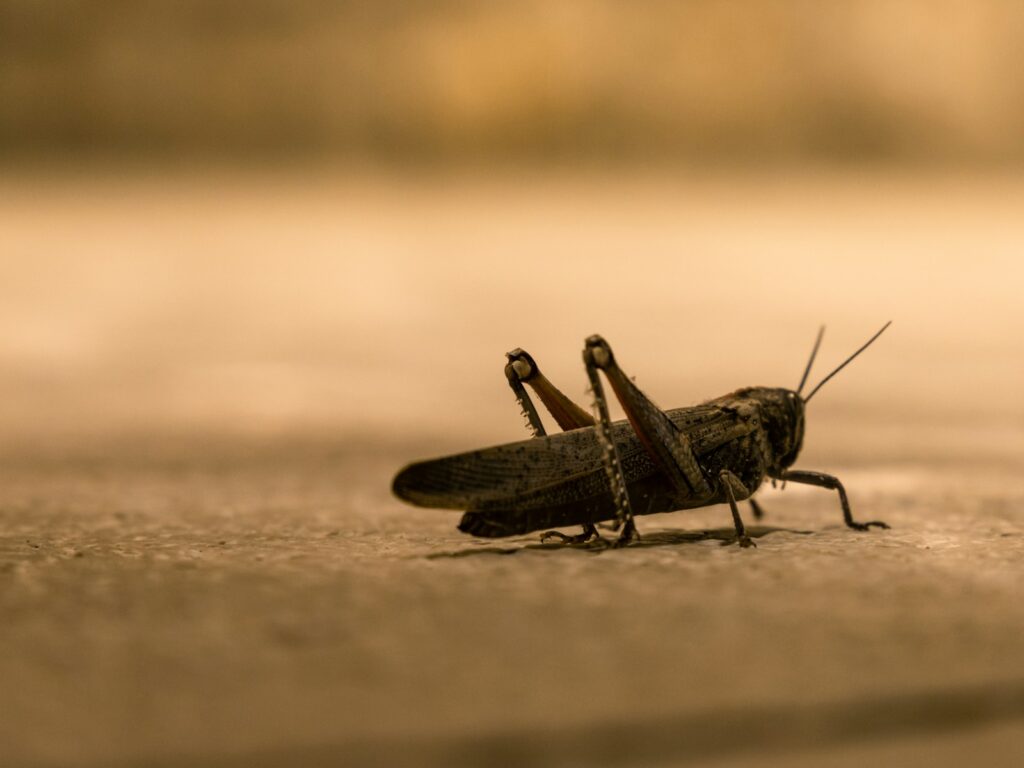
The transformation of grasshoppers into locusts represents one of nature’s most dramatic examples of phenotypic plasticity – the ability of an organism to change its characteristics in response to environmental conditions. This remarkable capability, limited to just a few grasshopper species, has profound implications for ecosystems and human food security. The complex interplay of environmental triggers, neurochemical responses, and genetic factors that enable this transformation continues to fascinate scientists and challenge pest management professionals. As climate change alters the environmental conditions that trigger locust outbreaks, understanding this transformation becomes increasingly important. By continuing to study the mechanisms behind locust phase change, we may develop more effective and sustainable strategies to manage these insects, protecting food security while respecting their remarkable evolutionary adaptation.

